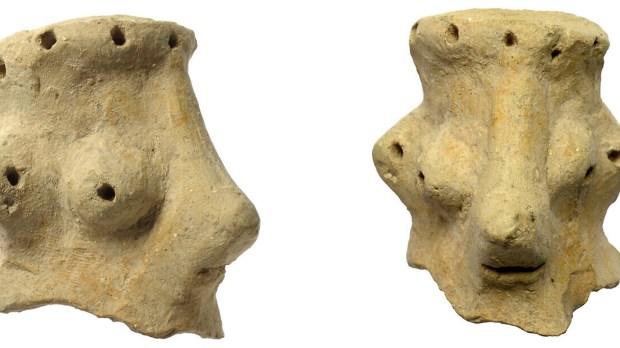In 2012, an excavation of Tel Moza, a site located only a few miles from Jerusalem, revealed a large building with a similar layout to Solomon’s Temple. While the excavation is set to continue until 2021, examination of the findings has led experts to suggest there were more temples built in Israel during the 9th century BC than previously thought.
Daniel Peterson, a columnist for Deseret News, reveals that the large building is now believed to be a temple, based on its size and structural details. This challenges the previously held understanding of ancient world practices, which thought that the temple in Jerusalem was the only one. For more explanation, Peterson points to an article from the Biblical Archaeological Society (BAS), by Shua Kisilevitz and Oded Lipschits:
“It has become clear that temples such as the one at Moza not only could but also must have existed throughout most of the Iron II period as part of the official, royally sanctioned religious construct. Indeed, the temple at Moza is not an anomaly at all.
One of the ways that the ancient ruin at Tel Moza was identified as a temple was through the artifacts that were uncovered during the excavation. These small figures, made from pottery, depict riders on horseback and a small oblong face that experts believe is a representation of the Hebrew God.
The examination of these figurines is the focus of a new BAS article, “The Face of Yahweh.” In it, Professor Yosef Garfinkel, of the Hebrew University of Jerusalem, examines the figures — three of which were heads, while the others were riders on horseback — next to other examples found in sites of the same era. His conclusions suggest that they are all in representation of a male god.
The riders were identified as such based on numerous scriptural references to God as “rider of the heavens,” and this in turn has led them to suspect that these faces were meant to represent the “Face of God.” Garfinkel suggested that these clay heads could have been an instrumental aspect of ancient worship. He wrote:
Another aspect of seeing the face of a god during pilgrimage to a cult center should be noted. As the believer sees the face of the idol, in that very moment the idol also looks at the believer. This is a metaphysical moment, a contact between earth and heaven, the core of the religious experience. This moment is also described in the Priestly Blessing in Numbers 6:24-26: “The Lord bless you and keep you; the Lord make his face to shine upon you, and be gracious to you; the Lord lift up his countenance upon you, and give you peace.”
Learn more from the full article “The Face of Yahweh,” here. Then click here to read the full story at Deseret News.

